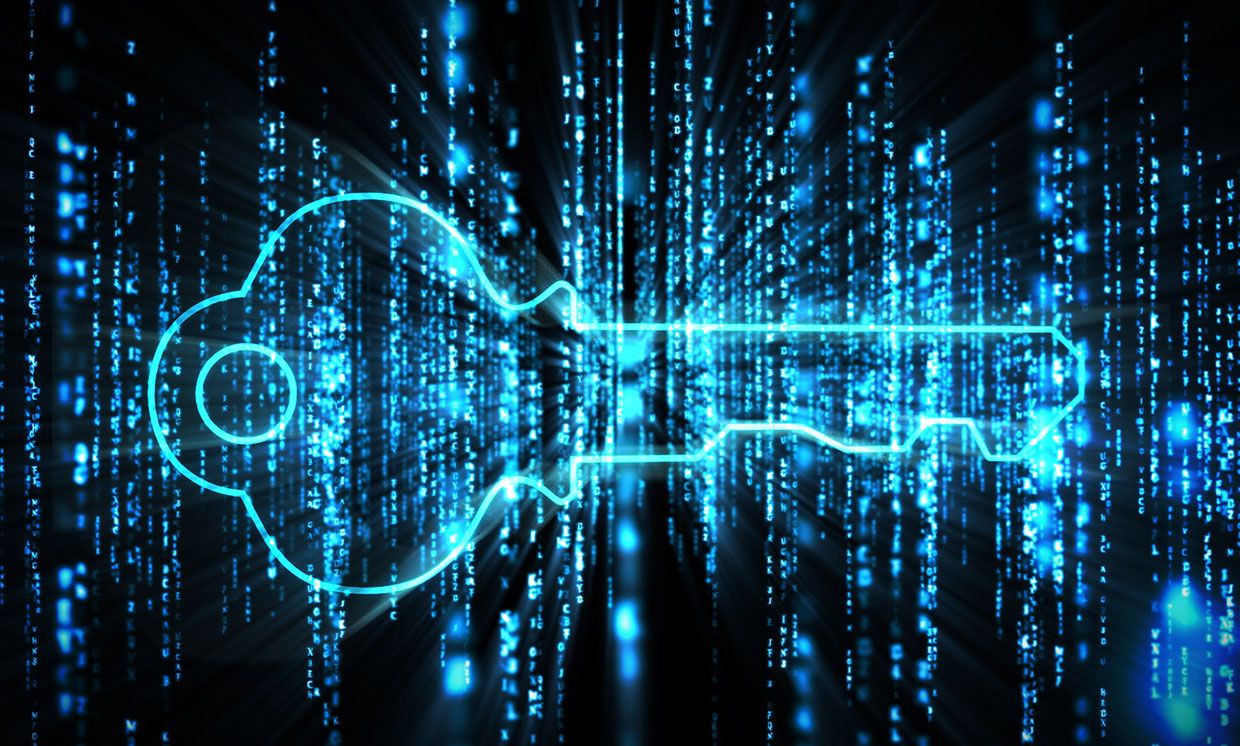The Defence Research and Development Organisation (DRDO) on Wednesday achieved a milestone in Quantum Key Distribution (QKD) technology that underwent maiden trials at two of its laboratories establishing highly secure communication.
The trials were conducted at Defence Research and Development Laboratory (DRDL) and Research Centre Imarat (RCI) at Hyderabad under realistic conditions.
QKD is a secure communication method that uses cryptographic protocol involving components of quantum mechanics. Developed by Bengaluru-based Centre for Artificial Intelligence and Robotics (CAIR) and Defence Young Scientists' Laboratory - Quantum Technology (DYSL-QT), Mumbai, the technology enables two communicators to produce a random secret key known only to them and later it can be used to encrypt and decrypt messages.
The quantum communication using time-bin QKD technology was performed during the trials and the setup demonstrated validation of detection of a third party trying to gain knowledge of the communication.
 Defence sources said quantum based security against eavesdropping was validated for the deployed system at over 12 km range and 10 decibel attenuation over fibre optic channel. Continuous-wave laser source was used to generate photons without depolarisation effect. DRDO Chairman Dr G Satheesh Reddy said the maiden trials of the newly developed technology have been highly successful.
Defence sources said quantum based security against eavesdropping was validated for the deployed system at over 12 km range and 10 decibel attenuation over fibre optic channel. Continuous-wave laser source was used to generate photons without depolarisation effect. DRDO Chairman Dr G Satheesh Reddy said the maiden trials of the newly developed technology have been highly successful.
Secure communications are vital for defence and strategic agencies worldwide and distribution of encryption keys from time to time is an important requirement. Sharing of keys over the air or wired links requires encryption which in turn requires encryption keys to be pre-shared. The DRDO had undertaken the project for development of the technology exclusively for Indian armed forces.
The work being done at DRDO will be used to enable start-ups and SMEs in the domain of quantum information technologies. The technology will also serve to define standards and crypto policies that can leverage QKD system in a unified Cipher Policy Committee (CPC) framework for more secure and pragmatic key management for current and future military cryptographic systems.
official sources :-indian Express
Comments
Post a Comment
If you have any doubt let me know in the comment section where i can try to solve it .
Thank you